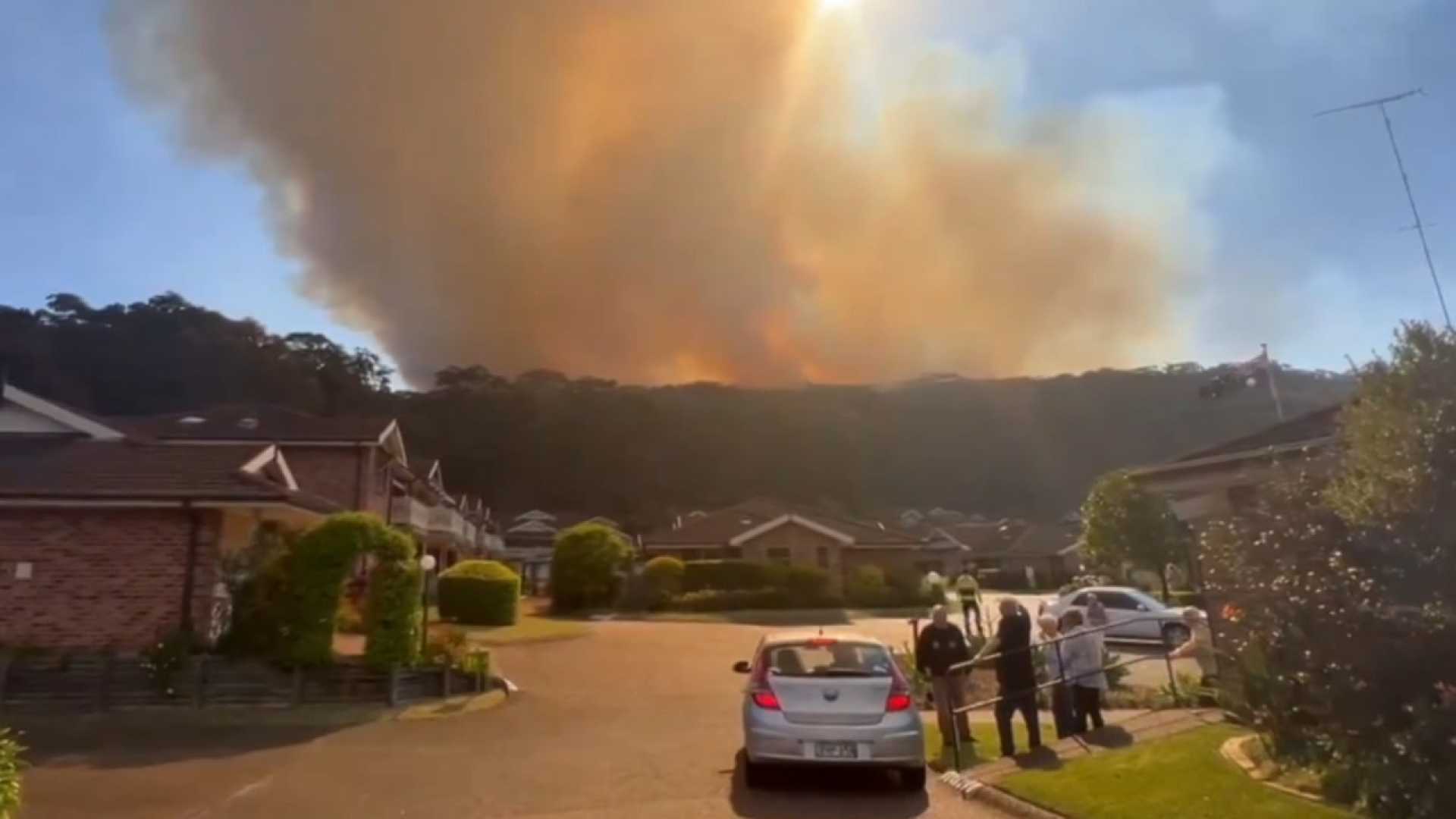News
Controlled Burn Escapes Containment, Threatens Northern Beaches Homes

On Saturday, September 21, 2024, a hazard reduction burn conducted by the New South Wales Rural Fire Service (NSW RFS) unexpectedly escalated into a significant bushfire, threatening residential areas on Sydney’s northern beaches, including Cromer and Beacon Hill. The burn, intended to manage 25 hectares between Oxford Falls Road and Meatworks Avenue, rapidly expanded beyond control due to rising wind speeds, reaching 107 hectares by nightfall.
The initial operation commenced shortly before 10 a.m., with flames keeping within manageable heights of approximately one metre. However, as winds picked up around 11 a.m., small spot fires began to appear beyond the designated burn area. By midday, the situation warranted the deployment of a Fire and Rescue NSW (FRNSW) drone, which identified spot fires gaining momentum outside the containment zone.
Escalation prompted the formal declaration of a bushfire, necessitating the mobilization of additional firefighting units, including aerial support. Ground and aerial crews from RFS and FRNSW engaged in intense firefighting efforts, particularly focusing on the northern edge near Cromer, where the fire threatened aged care facilities. RFS and FRNSW personnel established defensive perimeters, diverting resources to protect vulnerable targets such as the Levande Maybrook retirement village.
NSW RFS Group Officer Greg Mullins and FRNSW Inspector Mark McKay took command, coordinating protective measures and advising residents to shelter in place. An emergency warning issued at 2:39 p.m. directed those in Cromer Heights to stay indoors, marking it as too late for evacuation. By late afternoon, shifting wind patterns and effective firefighting strategies allowed for a downgrading of the threat level, offering local residents some respite.
Despite the pressure on emergency services, firefighters managed the blaze predominantly by employing strategic backburning to avert further property damage. The containment strategy targeted the area around Little Willandra Road and Willandra Road, where fire proximity posed immediate risks. Tactical measures successfully halted the fire’s advance, although interference by unauthorized individuals and drones posed additional challenges to the operation.
Throughout the night, relief crews continued efforts to smother the fire as operations persisted into the next day. The NSW RFS maintained a comprehensive advisory for residents, highlighting the need for health precautions due to increased smoke and the potential for unpredictable weather conditions.
NSW Emergency Services Minister Jihad Dib acknowledged the heightened fire risk exacerbated by recent hot and dry conditions, urging preparedness as bushfire season approaches. RFS Commissioner Rob Rogers emphasized the critical role of volunteer teams who had already addressed over 1,100 bush and grass fires since July, noting the declaration of a total fire ban in the region due to prevailing conditions.
The firefighting workforce’s robust response highlights the challenges of controlled burns, especially against the backdrop of increasingly volatile weather patterns. Residents are encouraged to monitor updates and ensure compliance with safety advisories as efforts continue to fully contain the blaze.












